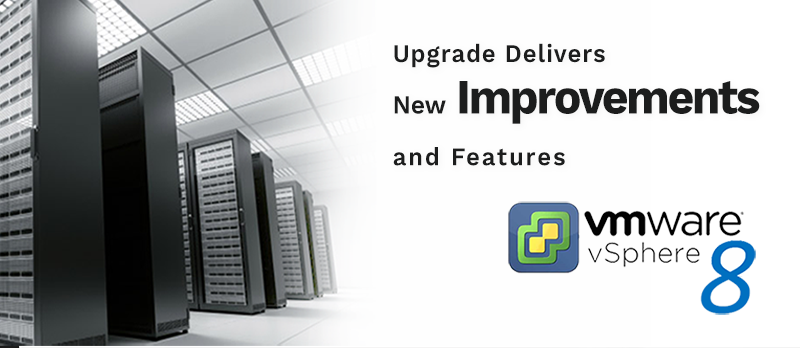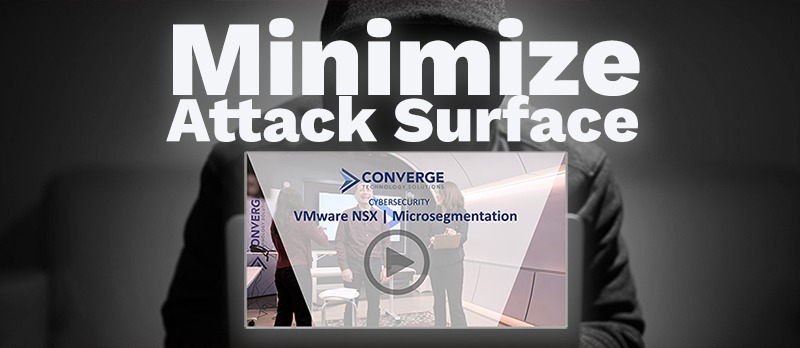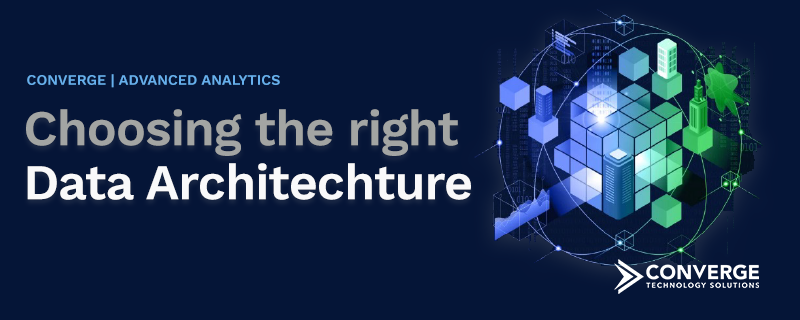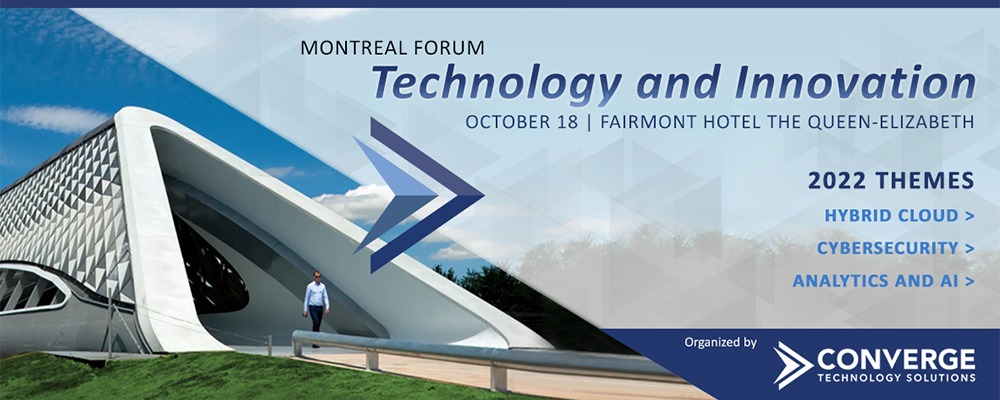Microsoft Copilot: Productivity, security, and an assistant for every worker

Earlier this year Microsoft announced it would be integrating its AI chatbot, Microsoft Copilot, into Windows.

Earlier this year Microsoft announced it would be integrating its AI chatbot, Microsoft Copilot, into Windows.

Tuesday, December 20 – Enterprises are producing a staggering amount of data every day. Disparate data sources, lack of access, and complex data integration challenges can prevent organizations from fully utilizing data they collect. As data continues to grow, these issues compound. A data fabric helps organizations overcome these challenges.

vSphere 8, VMware’s enterprise workload platform, was just released this October and overall, we are stoked with the improvements and new features introduced. It’s the first major upgrade in two years, and VMware has responded to customers’ needs and changes in technology trends to deliver more performance and security. They also released some features that they have been teasing for quite a while, such as Project Monterey.

As encryption-based cyberattacks continue to evolve, it is imperative that organisations proactively seek to better protect themselves. It is no longer enough to simply fortify perimeter security—organisations must find ways to protect themselves from the inside as well. The need for better defence, even after an attacker successfully intrudes, can no longer be ignored. Businesses must act now to avoid potentially devastating consequences.

As organizations strive to keep pace with the ever-changing data and technology landscape, they are turning to data ecosystem frameworks to help them modernize their data architectures. These frameworks provide a blueprint for building a flexible and scalable data architecture that can accommodate the ever-changing needs of the business.

A recent study by McKinsey recently stated that in the future, data will play an even more important role in the workplace, and organizations will need to focus on improving their data quality in order to stay competitive.

Monday, December 26th – We live, work and compute in an era of constant change. So for information technology (IT) teams, the importance of adaptive infrastructure is undeniable. Adaptive infrastructure enables organizations and their IT teams to be more agile in responding to new challenges and more productive overall. It removes the burden of managing IT infrastructure so that team members can focus on higher-value projects within their organization.

In the last 24 months, the pace of business in Canada and everywhere else has continued to increase. Pressure on work teams is creating a strong need to review and optimize some current ways of doing things. Fortunately, the world is now going through some of the most significant technological advances that are transforming the way that companies and public organizations operate today.

Before you can reinvent the world with AI, you need an IT infrastructure to help you design it. Put artificial intelligence to work securely and at scale with a hybrid and future-proof infrastructure, servers for AI, storage for AI, and technologies designed for enterprise AI workloads. But lets first have a look at the best practices our team was able to observe.

Remember when going to work meant braving traffic to congregate with dozens, hundreds, and even thousands of people under one roof for 8 hours, five days a week?